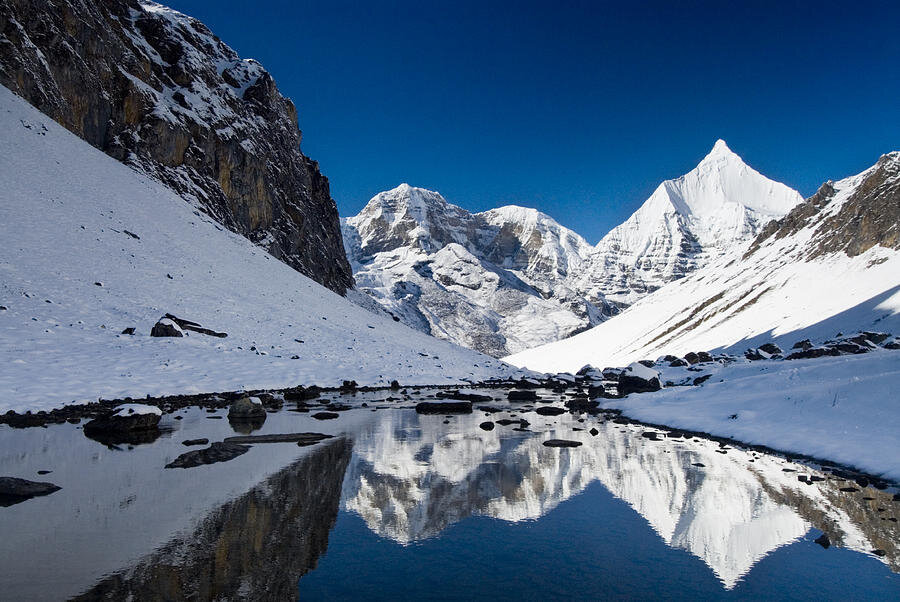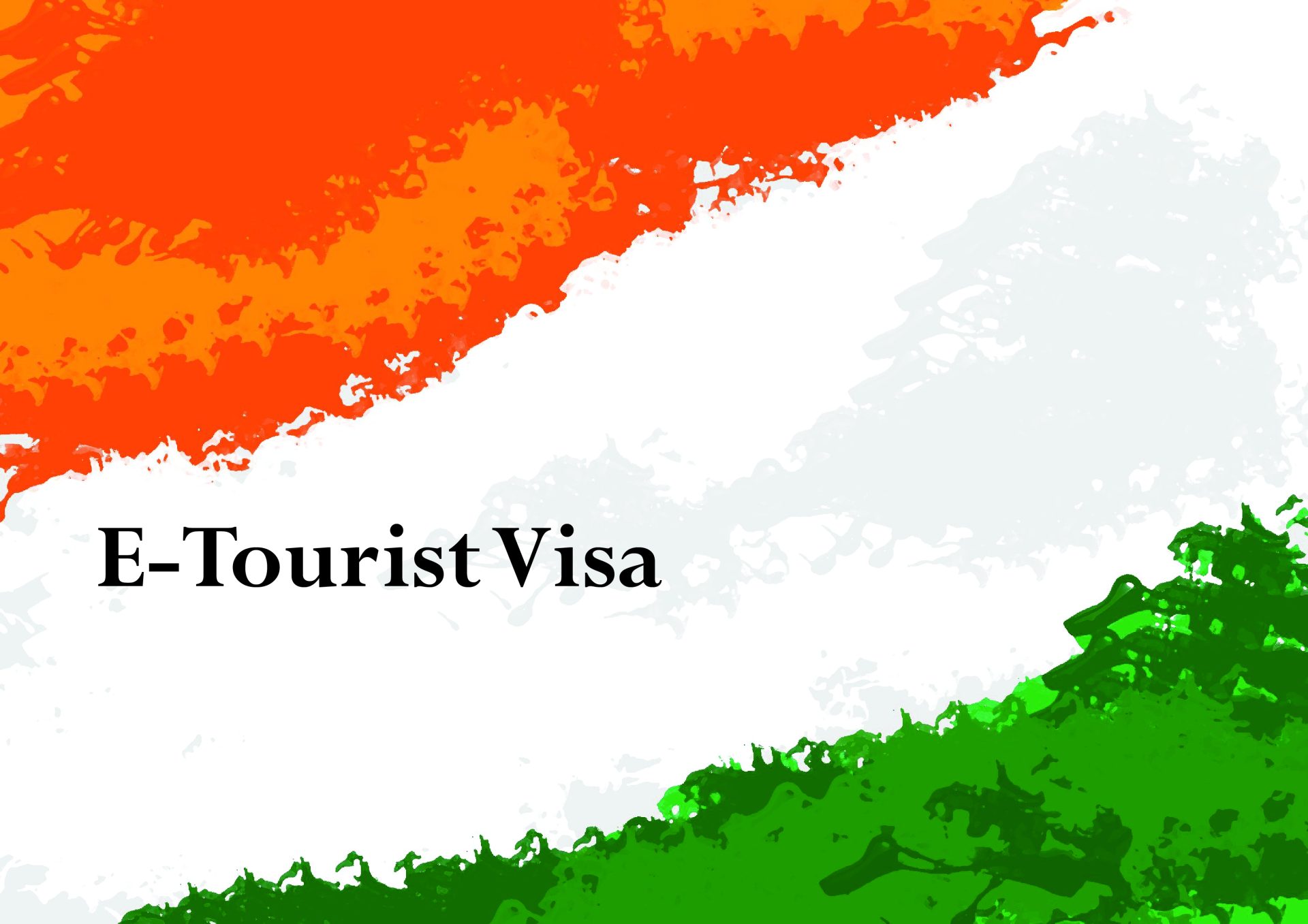
Visa policy of India
Visitors to India must obtain a visa from one of the Indian diplomatic missions unless they come from one of the visa-exempt countries or countries whose citizens may obtain a visa on arrival. In November 2014 India also introduced an Electronic Travel Authorisation (ETA)allowing citizens of designated countries to obtain an Authorisation online which allows them to obtain a visa on arrival.
Entry and exit stamps.
Citizens of the following countries do not require visas to enter India (unless arriving from mainland China), and may remain in the country without any limit of stay (unless otherwise noted) – Bhutan, Maldives (90 days) and Nepal
Travellers possessing a Persons of Indian Origin Card are also exempt from visa obligation, provided they are not citizens of Afghanistan, Bangladesh, Bhutan, China, Nepal, Pakistan, or Sri Lanka.
Visa on arrival
Citizens of the following countries holding ordinary passports are granted visa on arrival (unless they are of Bangladeshi or Pakistani origin) for a single stay up to 30 days in India when travelling as tourist or visiting family or friends:- Cambodia, Finland, Indonesia, Japan, Laos, Luxembourg, Myanmar, New Zealand, Philippines, Singapore, South Korea, Vietnam
This is applicable at the following airports:
Bengaluru, Chennai, Delhi, Kochi, Kolkata, Mumbai, Hyderabad, Thiruvananthapuram
Visa on arrival allows only a single entry and is issued maximum of two times in a calendar year, with a minimum gap of 60 days between each visit. It takes from 20 minutes upwards to obtain a visa on arrival. Holders of Electronic Travel Authorisation (ETA) do not have to wait at visa on arrival counters.
Electronic Travel Authorisation (ETA) enabled visa on arrival.
On 27 November 2014 the Electronic Travel Authorisation facility became operational for citizens of over 40 eligible countries, including those who are eligible for visa on arrival. ETA is issued for tourism, visiting friends and family, short duration medical treatment and business visits.
After applying for an Electronic Travel Authorisation visitors can fly to India where they obtain visa on arrival. They must apply minimum 4 days in advance of the date of arrival. Visa is valid for 30 days from the date of arrival and can be obtained twice in a calendar year. ETA is issued for a non-refundable fee. ETA holders do not have to wait at visa on arrival counters at the airport but may proceed straight to immigration counters.
ETA allows arrival at all airports that support the visa on arrival scheme as well as the airport in Goa.
Citizens of the following countries and territories who hold ordinary passports are eligible to obtain the ETA which allows them to obtain visa on arrival:- Australia, Belgium, Brazil, Cambodia*, Ethiopia, Fiji, Finland*, Germany, Indonesia*, Israel, Japan*, Jordan, Kenya, Kiribati, Laos*, Luxembourg*, Marshall Islands, Mauritius, Mexico, Micronesia, Myanmar*, Nauru, New Zealand*, Norway, Oman, Palau, Palestine, Papua New Guinea, Philippines*, Russia, Samoa, Singapore*, Solomon Islands, South Korea*, Thailand, Tonga, Tuvalu, Ukraine, United Arab Emirates, United States, Vanuatu, Vietnam*
Marked countries are also eligible for visa on arrival without ETA. Visitors of Pakistani origin are not eligible.
Reform
In October 2013, India decided to initiate the process of extending visa-on-arrival access to 40 more nations. In January 2014, plans were confirmed by Planning Minister of India The sixteen different types of visa would also be reduced to three: work, business and tourism. The proposal initially met resistance from intelligence agencies and the possible problem of queues emerged. In February 2014 it was announced that Indian intelligence agencies have given their approval to visa-on-arrival for up to 180 countries, largely due to the new possibilities provided by the Immigration, Visa and Foreigners’ Registration and Tracking (IVFRT) system. The system would not be a typical visa on arrival in order to avoid clutter at the airports, but a system based on a prior online application modelled after Australian Electronic Travel Authority system.
On 5 February 2014 it was decided to introduce visa-on-arrival to tourists from 180 countries. Technical implementation, such as setting up the website for applications, is expected to take about 6 months and the authorities hope to have it in place for the tourist season beginning in October 2014. Prospective visitors will have to pay a fee and the electronic version of the visa should be granted within three days. The program is expected to apply to all international airports. However, nationals of following countries are excluded from this program:- Afghanistan, Iran, Iraq, Nigeria, Pakistan, Somalia, Sri Lanka, Sudan
In July 2014 it was announced that India hopes to implement the program for citizens of 40 countries in the first phase by December 2014 and later on for 109 additional countries if the first phase is implemented successfully.
In August 2014 it was revealed that ministries of tourism, home affairs and external affairs cannot agree on the list of countries for the ETA. Ministry of tourism proposed to allow the new system for the citizens of the 15 countries with the most visitors to India, Ministry of external affairs proposed to create a balanced list with some Asian and African countries while the Ministry of home affairs proposed to exclude all countries with high security concerns.
In September 2014 Indian Prime Minister Narendra Modi announced that the United States would be added to the list of countries whose citizens may obtain a visa on arrival. However in October 2014 the planned introduction of the new e-Visa system was pushed from 2 October 2014 to June 2015. It was also revealed that the list of visa on arrival countries is unlikely to be expanded in 2014.
In November 2014 it was announced that the e-visa system might be rolled out for about 25 countries including the 13 countries which are currently eligible for visa on arrival. Later that month it was announced that 28 countries would become eligible for electronic visa on 27 November 2014 and that the list would include visa on arrival eligible countries as well as Brazil, Germany, Israel, Jordan, Mauritius, Norway, Palestine, Russia, Thailand, Ukraine, United Arab Emirates, United States.
In November 2014, Indian Prime Minister announced visa on arrival facility for nationals of all Pacific countries and Australia.
Costs for visa applications.
Visa applications can be submitted in person or sent by post to an Indian consulate. It can also be submitted to designated Visa service provider in certain countries. Costs differ per consulate and region. Some visa-handling services charge a small fee on top of it to check that completed application form meets all requirements and submit the documents on the applicant’s behalf.
Citizens of the following countries do not pay a visa fee Afghanistan, Argentina, Bangladesh, DPR Korea, Jamaica, Maldives, Mauritius, Mongolia, Nepal, South Africa and Uruguay.
Restricted and Protected Area Permits
A Protected Area Permit (PAP) is required to enter the states of Nagaland and Sikkim and some parts of the states of Arunachal Pradesh, Himachal Pradesh, Jammu and Kashmir, Manipur, Mizoram, Rajasthan and Uttaranchal. A Restricted Area Permit (RAP) is required to enter the Andaman and Nicobar Islands and parts of Sikkim. Some of these requirements are occasionally lifted for a year at a time. Permits are not required for nationals of Bhutan travelling by air to/from Thimphu via Bagdogra and for nationals of Nepal travelling by air to/from Kathmandu (if travelling by land a pass issued by either the Foreigners Regional Registration Office, Superintendent of police or the diplomatic representation of India in Bhutan or Nepal is required).Special permits are needed to enter Lakshadweep Islands. Maldivian citizens are allowed to visit Minicoy island for fifteen days if allowed by the High Commissioner of India to the Maldives.
Diplomatic or official passports
Holders of diplomatic or official passports of the following countries do not require a visa for India – Argentina, Belarus, Brazil, Bulgaria, Cambodia, Chile, Croatia, Ecuador, Denmark, Colombia, Cyprus, Egypt, El Salvador, Guyana, Honduras, Hungary, Indonesia, Israel, Kazakhstan, Laos, Malaysia, Mauritius, Mexico, Mongolia, Myanmar, Namibia, Nicaragua, Paraguay, Peru, Philippines, Russia, Serbia, Singapore, South Africa, South Korea, Tajikistan, Thailand, Uruguay, Venezuela and Vietnam and diplomatic passports only of the following countries — Armenia, Bangladesh, France, Germany, Greece, Japan, Lithuania, Macedonia, Malta, Romania, Syria, Turkey, Turkmenistan and Ukraine.





